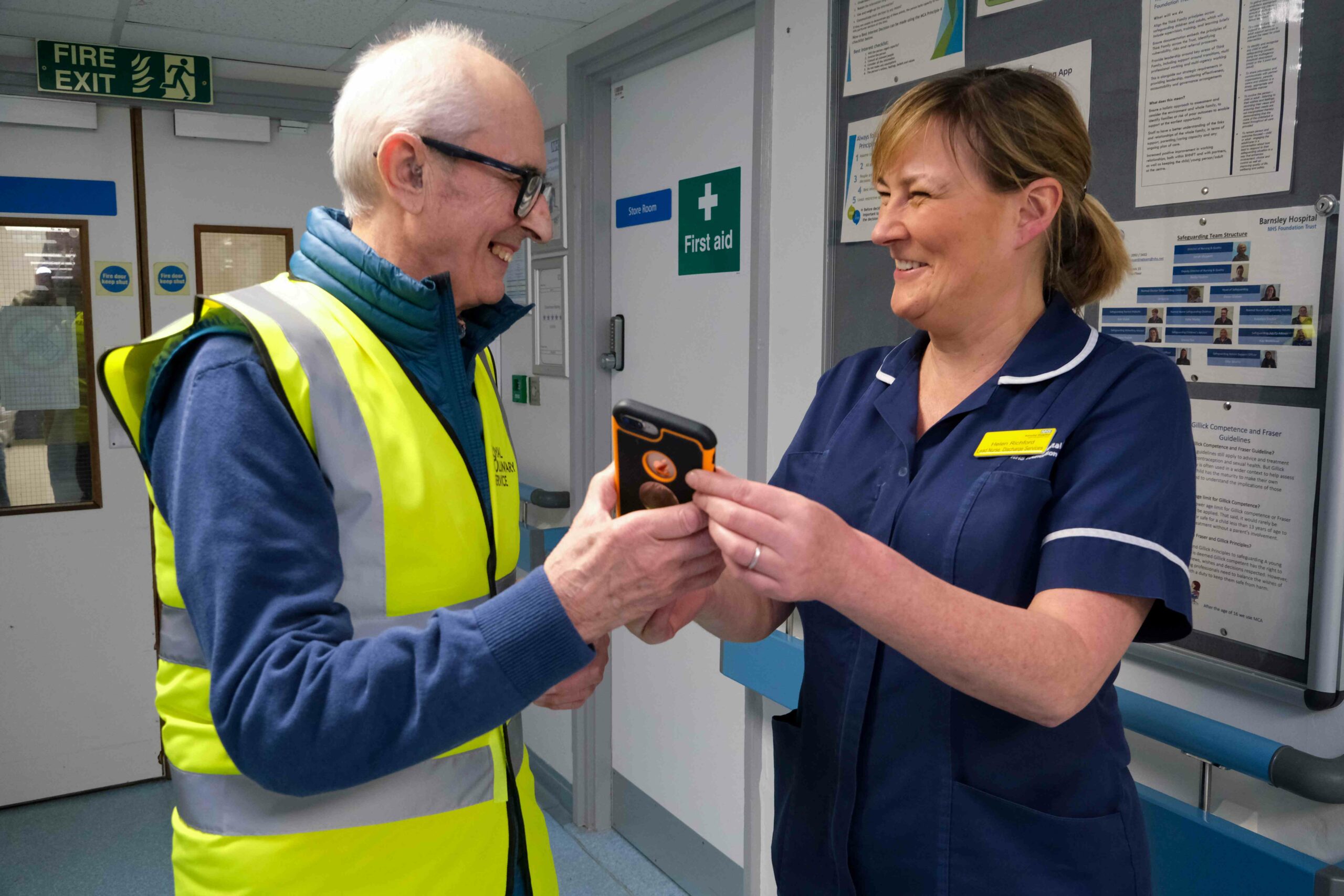Scaling the workforce to meet MSK demand is unrealistic. We need new solutions

Digital pathways can transform access to care and ensure that those with the greatest need receive the care their conditions require, writes Finn Stevenson, Co-Founder and CEO of Flok Health.
According to recent projections, more than 7.2 million Brits will be living in chronic pain by 2040. With almost a million people already forced out of work due to musculoskeletal (MSK) issues, the welfare bill for back pain alone currently stands at £1.4 billion a year.
As our population ages and demand for treatment increases, one of the key challenges policymakers face is how to ensure patients can continue to access the care they need. With waiting lists for MSK treatment up 27 per cent from January 2023 to March 2024, we need to do more to deliver timely care to those who need it.
Hiring and training more physiotherapists can help make MSK treatment more accessible. It’s no secret that the workforce as it stands is chronically understaffed, and senior figures from the Chartered Society of Physiotherapy (CSP), along with politicians, have underlined the need to boost training and recruitment in the service. Since coming to power in July, Labour has already announced that it will be publishing a new Long Term Workforce Plan in 2025, with leaders signalling their ambition to go beyond the previous government’s commitments on NHS training and recruitment.
But it’s naive to think that simply hiring more people will be enough to service soaring MSK demand. As it stands, staff are so overstretched that the NHS would need to increase the number of physiotherapy positions in England by at least 7 per cent every year, just to keep up with current demand. Reaching this target seems unfeasible, especially considering the fact that physiotherapist numbers in the NHS increased by just 4 per cent from 2022 to 2023, and by only 0.7 per cent the year before. In fact, data collated by the CSP reveals that the annual rise in staffing levels has consistently fallen short of the required 7 per cent, with the largest increase in NHS physiotherapists across the last seven years standing at just 5.2 per cent, in 2019-2020.
With this in mind, it’s clear that any drive to hire and train more colleagues must come alongside a commitment to find new, innovative ways to improve patients’ access to MSK care.
Digital pathways can transform access to care
In September 2024, there were almost 350,000 people on MSK waiting lists in England, with some being forced to wait months to begin treatment. Not only is this frustrating for patients, it can also exacerbate their health problems. Studies show that longer wait times can lead to worsening pain, increased risk of disability, and a hugely detrimental effect on mental health and quality of life. By integrating novel digital pathways, we can deliver care to these patients as soon as they seek help, reducing the risk of deterioration, and accelerating recovery.
Effective digital pathways are already out there. At Flok Health, for example, we’ve developed the UK’s first AI physiotherapist, delivering at-home MSK appointments in a CQC-approved digital clinic on behalf of the NHS. Our system allows patients to be triaged, assessed and treated through a smartphone app, without ever having to wait for a traditional appointment.
Data from the work we’ve done so far shows that 94 per cent of patients describe their experience using Flok’s automated pathway as being “better” or “the same as” the care they would expect to receive from a human physio, with 88 per cent reporting that their symptoms had improved as a result of AI treatment. Crucially, all of these patients were able to access same-day care, with 24/7 appointment availability.
AI-operated digital pathways can also offer major benefits to clinicians. Managing high volume pathways (like back pain) in an AI clinic frees up capacity in the traditional services, allowing staff to focus on the cases where face-to-face appointments matter most. This alleviates pressure on the workforce and ensures those with the greatest need receive the dedicated time and resources that their conditions require.
Bringing care to the community
Another way to improve patient access to treatment is to extend MSK services out into new community settings. There are examples up and down the country where local Trusts have found innovative ways to meet their patients closer to home.
Sussex MSK Partnership introduced community appointment days (CADs) in non-clinical settings in a bid to deliver more scalable care and improve outcomes. These CADs act as a one-stop shop where patients can discuss their health issues with staff, before accessing a range of clinical solutions and other community services. The results of this programme were hugely encouraging, with 50 per cent of attendees discharged immediately and just one third requiring follow-up appointments. On top of this, waiting times for MSK treatment saw a 5-week cut, while staff morale was boosted as a result of seeing the immediate impact of their work.
Time to embrace change
In most NHS settings today, all patients with MSK conditions are funnelled down the same pathway for face-to-face appointments, leading to enormous backlogs, overburdened staff, and compromised care. Training and recruiting more MSK staff is of course important, but insufficient. Solving these issues will mean offering patients a choice of different care pathways. By running novel services like Flok’s AI clinic and Trust-run CADs alongside traditional pathways, we can transform patient access and outcomes while freeing up capacity in the existing services. These newer forms of care delivery are also significantly more scalable and resource-efficient than traditional models, which in today’s NHS is more important than ever.













